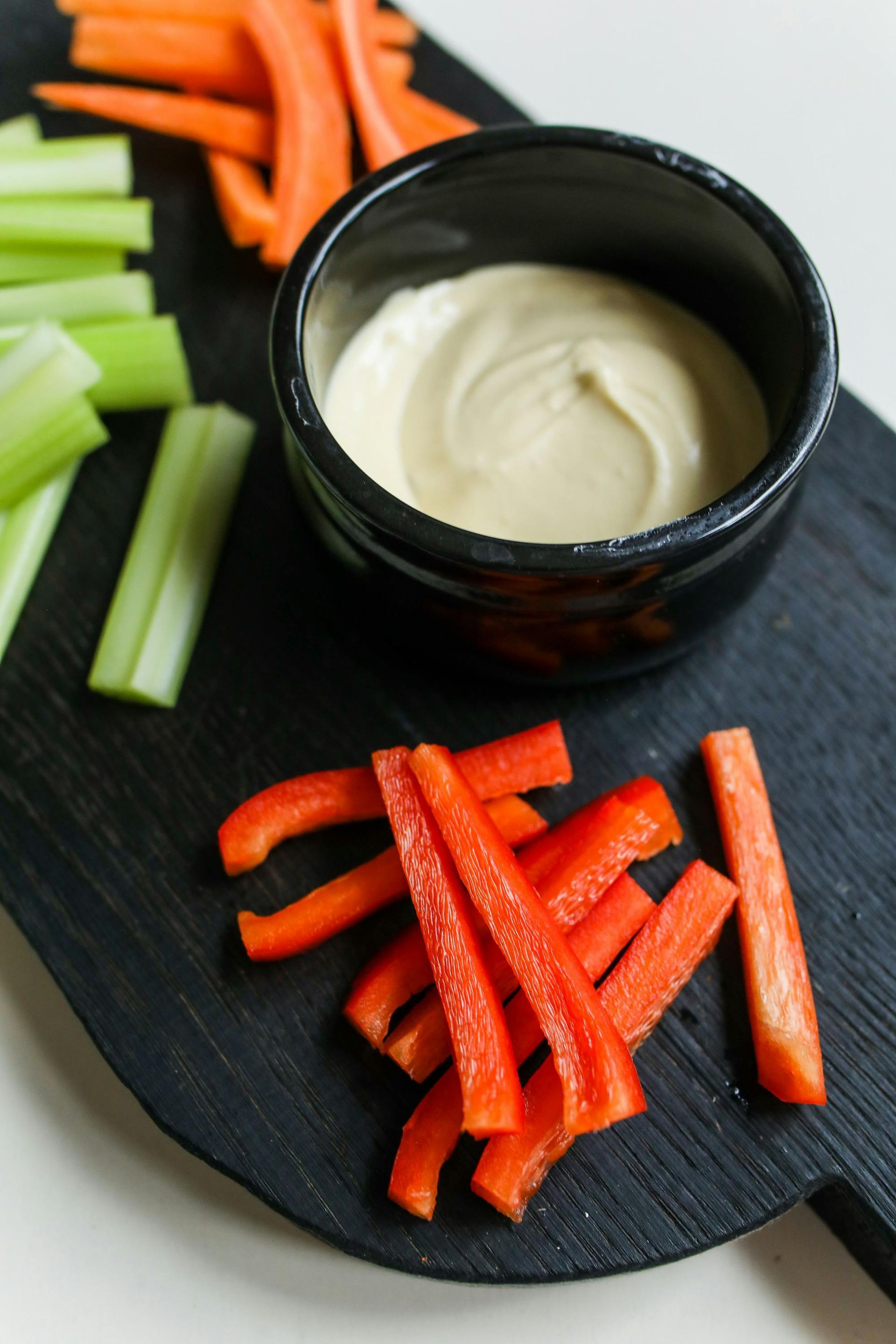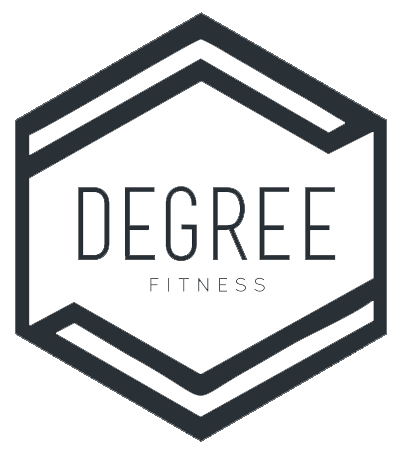Why should I sign up for the CrossFit Open?
It is that time of the year once again, when CrossFitters from around the globe wait with nervous excitement to hear what wild and crazy workouts Dave Castro will come up with to challenge us this year. For many, the anticipation is like a child waiting for Christmas morning. Even in our happy place, Degree CrossFit Seaforth, there is a buzz in the air already. Intramural captains have been chosen and teams picked, all in the lead up to CrossFit’s biggest event of the year, the Open.
If you are new to the CrossFit world and have never experienced anything like the Open before, you may be asking the question, “Why should I sign up for the Open?” Or maybe you have been through the Open before and are questioning whether or not you will sign up again this year.
Coach Kelly has been posting some amazing blogs about what the Open is, and what to expect. In this post, I will give you my thoughts on why I feel you would benefit from signing up to “compete” in the 2019 CrossFit Open.
CrossFit is: “Constantly varied, high-intensity, functional movement” This is what we try to achieve each and every day we perform a WOD at the gym. How do we know if our attempts are working? Through “measurable, observable, repeatable data” In other words, when we ask you to always record your weights and times at the end of every workout, we are doing it so that you have that “measurable, observable, repeatable data” to look back on and track your progress. If we are doing a 1RM deadlift, you can look back and see what you did the last time and have that data to assist you with your current attempt and to see how much you have progressed and if the programming is working.
“Greg Glassman is the first person to ever define the term fitness. And this is the modus operandi of CrossFit; You can now measure your fitness. What better way to do that than the Open?”
For most, signing up online for the Open is a fun way see how we rank in our gym, our province, our country or in the world. And that is what we want people to take away from this, the FUN. However, just as important, and hopefully the take away from this blog, you will have the data to track your progress and see just how far your fitness journey has led you. And that for me, is the Best way to win the Open. Proving to yourself with actual data that you are an amazing, strong and skilled athlete !
Coach James
james@degreecrossfitseaforth.com
Quotes taken from CrossFit Level 1 certificate course material
Fun Fact:
Coach James placed 1st overall in Ontario in the Men’s Scaled Division in 2017. Humble, hard working, and here to help. We are so proud of you Coach James and can’t wait to see what 2019 will bring for you!



